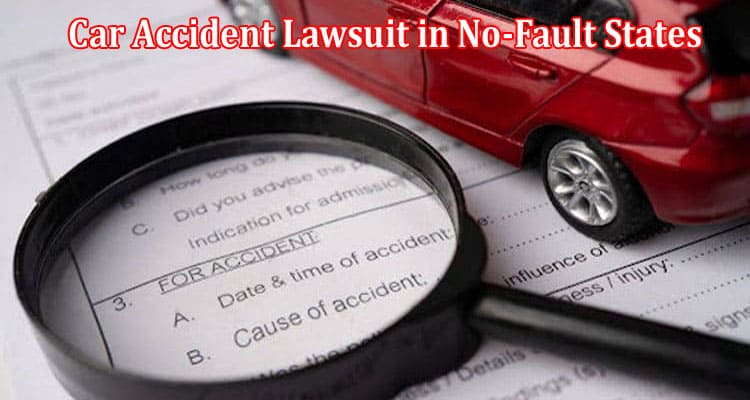Instances Where Victims Can Initiate a Car Accident Lawsuit in No-Fault States
Getting into a car accident can feel like stepping into a world of confusion, especially when you hear about “no-fault states vs. fault states” It’s a bit like two different game rules.
Did you know that in some places, you can’t automatically sue the other driver? That’s what they call a “no-fault state,” where each driver’s insurance covers their damages, no matter who’s at fault.
But hold on; there’s more to the story. In certain situations, you can actually break these rules and file a lawsuit.
In this article, we’ll be uncovering five instances where you can actually file a car accident lawsuit as a victim in a no-fault state.
Here they are:
Clear Cases of Severe Injury
The usual deal is that each driver’s insurance covers their own bills, no matter who’s at fault. However, in instances of clear, severe injuries, the no-fault system takes a backseat, and victims can step up to file charges against the at-fault party.
A severe injury is not just a scraped knee or a bruised ego. We’re talking about injuries that turn your life upside-down. They may be broken bones, traumatic brain injuries, internal injuries, or damage to your spine.
In these cases, the impact of the accident goes beyond immediate medical bills; it affects your daily life, your well-being, and even your future. You cannot face the consequences without any compensation.
Evident Financial Loss
The ”everyone sorts themselves” rule might work for minor incidents. But when the financial losses go beyond a quick fix or a single visit to the doctor, the other party has to step up to cover some of the costs.
Aside from the immediate expenses, the bills in the bigger picture can pile up and leave you with a big dent in your pocket.
For example, your car needs fixing, and the repair costs add up. You’re facing missed workdays, transportation costs to medical appointments, or even home modifications if the accident resulted in a disability. These are the real, tangible financial losses that the no-fault system might not comprehensively address.
Permanent or Significant Disfigurement
When we talk about permanent or significant disfigurement, we’re not referring to a minor scrape or a temporary bruise. We’re talking about changes that last – scars, burns, or injuries that visibly alter your appearance.
In the legal world, these are considered substantial injuries that go beyond the scope of the typical no-fault system.
Imagine the scenario where someone sustains severe burns in a car accident. These burns may require extensive medical treatments and surgeries and leave lasting scars.
In such cases, the no-fault system, which typically covers immediate medical expenses, might fall short of addressing the ongoing challenges associated with permanent disfigurement.
As the victim, you have a right to sue and demand maximum compensation for your losses.
Dealing with Uninsured Drivers
Uninsured drivers are more common than you might think. In fact, a recent study found that around 12% of drivers in the United States don’t have insurance.
When an uninsured driver causes an accident, the no-fault system doesn’t necessarily guarantee that the victim is fully covered for their damages and injuries.
The legal system recognizes the challenges posed by uninsured drivers and provides a pathway for victims to seek justice and fair compensation.
Filing charges in such cases isn’t about seeking punishment for the at-fault driver; it’s about securing the compensation you rightfully deserve, even when the other party lacks insurance.
Wrapping Up
If you’re dealing with the aftermath of a car crash in a no-fault state, think of the law like a tool, not just a bunch of rules. It’s there to help you find justice after all the chaos of an accident. When you understand how the law works in these situations, you’ll be unlocking doors to a full recovery, going beyond what the no-fault system can do.




